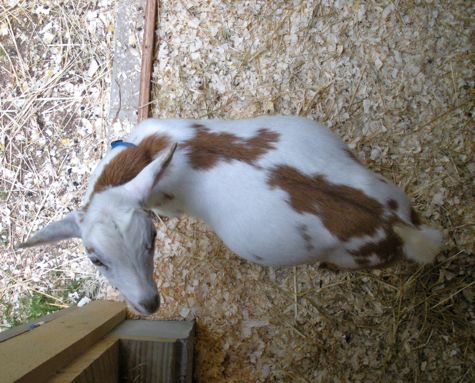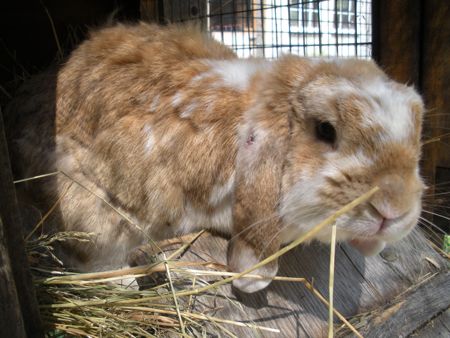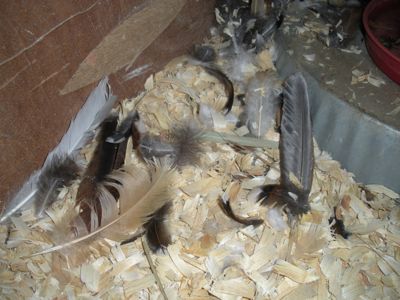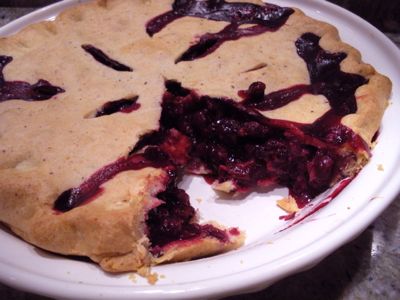While we were away on vacation the seasons changed. I came home to pumpkins ripening in the patch,

furry goats all fluffed up against the morning chill, and a few autumn raspberries ripe on the brambles.
It seemed as if Philomena and Agnes went from being scrawny, young pullets, to full-grown, feather-bottomed hens. They’re laying, now, too.
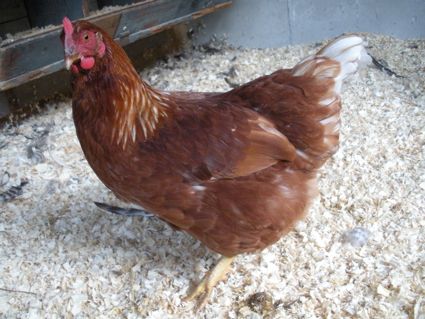
My sons start school this week. It’s definitely fall.
It seemed like a very short summer. We had a cold and rainy spring. A dark and dreary summer. The worst part of it was that the mosquito population increased by 900% (I’m not exaggerating- that’s the number that was in the newspaper!)
Right now, the weather is ideal. Long-sleeve shirt weather. No humidity. Sunny skies. A breeze. Fewer mosquitos (what a relief!)
Along with the change in the seasons, there are changes here at HenCam. I’m tweaking my web sites. In the next day or so it will become easier to navigate between pages. The blog software has been changed. You can now post comments at the bottom of each post. I look forward to hearing from you!

